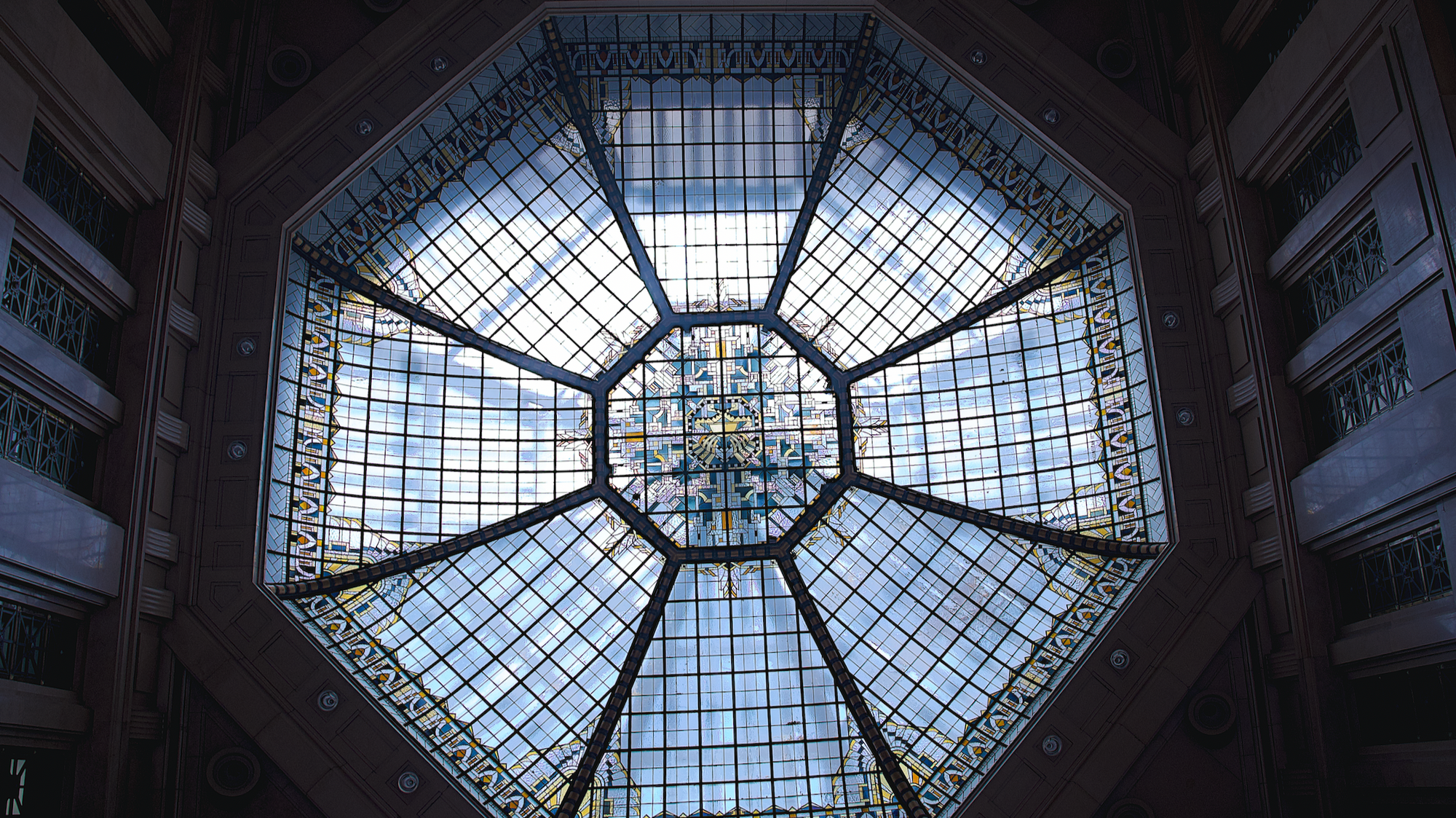Barcelona: The Non Non-Place

I always think of Barcelona as the opposite of what French Anthropologist Marc Augé described as the "non-place."
I always understood a non-place as the kind of place that makes you feel slightly unmoored from geography, from the earth.
In a queue in a petrol station in the South of France, if you just looked around at the objects around you, you could potentially be almost anywhere in the West, Detroit, Perth, Waterford, Islington...
Non-places are McDonalds, or airports, or IKEAs.
They are the kinds of places that that are just replicated exactly in multiple forms so that they have no real identity. They are generic places that could be anywhere, and are often transitory. In these spaces, movement is fully transactional, people do not gather, they complete a task, and they do not form meaningful connections.
What is a Non-Place?
Augé described "non-places" as having five main characteristics:
1. They're transient. They're not meant for lingering or dwelling.
2. They're anonymous. You don't have a name, you're simply a customer, or a passenger, or a driver.
3. Though the space may be crowded, social interaction is not enabled, nor is it normal to engage with the people around you.
4. There's lots of signage, there are lots of instructions for navigation for example "Exit" or "Queue left" or "This way to Gates 40-62".
5. Standardisation. They're designed to be replicable and to function everywhere using a uniform set of protocols and layouts.
I have always found this to be a useful mental model, and whenever I find myself in a "non-place" I found it possible to recognise that this is where I am. I say to myself, "Ah, a non-place!" and I kind of relish the creepiness that sets in when I realise this.
But what's more profound to me really is the reality of being in the opposite of a non-place, and how precious that is.
Barcelona is covered with benches and squares. It's meant for lingering, the social interaction takes precedence, in most cases above all else. The benches and the squares are spaces where people of different social groups interact, something that is so much more unusual in more Northern climes. The city is littered with "Passeiges" the most famous of course being La Rambla...places where you walk, or pasear, in order to socially interact, to see one another, to experience togetherness.
Barcelona embraces you, especially if you have a dog.
In making a barrio (neighbourhood) your home, you will soon be greeted with helloes from neighbours, bars, restaurant and store owners, offered discounts in local cafés.
There is a real concept that we don't have in Anglophone culture, and that is conviviencia, or, I suppose "The art of living together." There is a difference between the sense of how individuals relate to one another. The individual here is not the basic unit of society, something more collective is a priority, or perhaps, the individual only exists through relations.
Because of the history here, there is no way to standardise the city's zones. It has evolved over too many centuries to have the space for modern transformation into uniform blocks of concrete and glass. And while such spaces exist here, there is always a sense of quality of life being something that is an element of basic human dignity.
The image on this page is of the ceiling of a bank, admittedly a bank in a historic part of the city, but it is so beautiful. It's so special to feel the experience of being in the opposite of a non-place and to always be grateful of the feeling of richness that that can give if appreciated.
Identity, relations and history, these are all modes of resistance to the non-place, and for me, respect for these elements of shared spaces, serves as a reminder that while moments in supermodernity are, by necessity transactional in nature, they don't always need to be superficial, and despite (or courtesy of) the architecture, they can always offer opportunities for the best definitions of community.